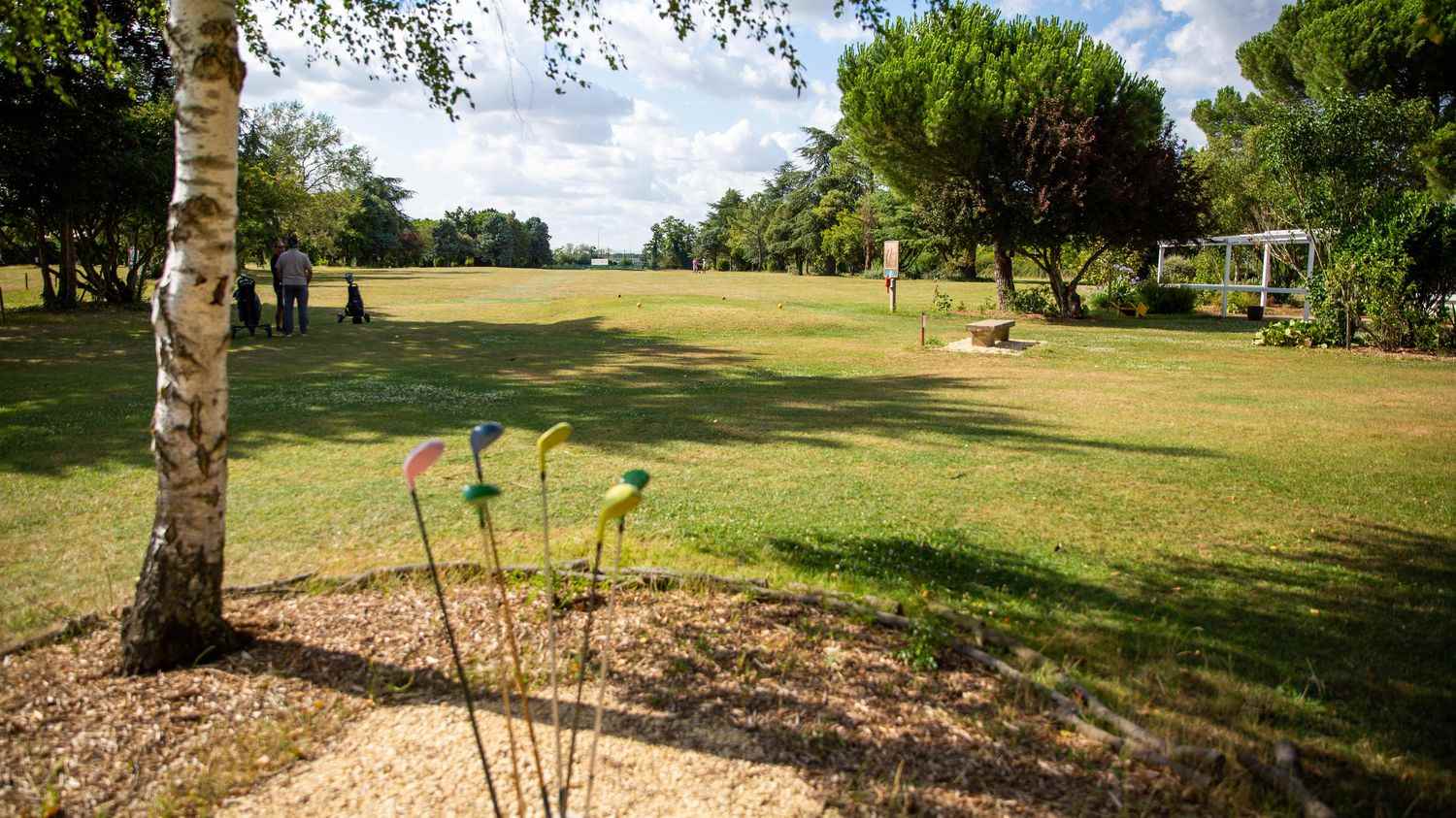While all of the metropolitan departments are affected by one of the four levels of the drought alert, are the golf courses exempt from any water restriction measure or subject to minimum constraints? This is what several statements and tweets from deputies La France insoumise suggest.
“In times of drought, it is forbidden to fill the swimming pools but the golf courses must only reduce their consumption by 20% and water between 7 p.m. and 8 a.m.s” declares, on the social network Twitter, the deputy LFI of Marseilles Hendrik Davi. He adds that “an 18 hole needs 5000 m3 [d’eau]/ day“. On CNews, on Tuesday August 2, the LFI deputy for Bouches du Rhônes Manuel Bompard, for his part, considered it unacceptable that sectors, “for example golf courses“be”exempt from restrictive measures“water.”Unacceptable class decision“, he continues on Twitter. What is it really?
While countless departments are subject to water restrictions with the #droughtcertain sectors such as golf courses can continue to squander thousands of m3 of water for irrigation: an unacceptable class decision.
It is necessary to plan the fair sharing of water! pic.twitter.com/PWn0tOQ5pc
—Manuel Bompard (@mbompard) August 2, 2022
Measures in times of drought are taken within the framework of a legal system and recommended national guidelines, according to four levels of severity: vigilance, alert, heightened alert and crisis. Then, prefectural decrees are taken, at the local level, to determine, according to the evolution of the drought, which zone is at which level, with which associated restrictions, in consultation with the Water Resources Committees.
Regarding golf courses, the general framework specifies that at the drought alert threshold, watering during the day is prohibited, weekly consumption must be reduced by 15 to 30% and theWater withdrawals must be recorded weekly in registers. In heightened alert, water consumption is reduced by at least 60%, watering is prohibited except on the tees and on the greens (grassed areas mowed very close around the holes) which represent on average according to the National Golf Federation only 1 to 2% of the total area. Finally, at the so-called crisis stage, there is a ban on watering. The greens can possibly be at night, “by watering reduced to what is strictly necessary” and except in the event of a shortage of drinking water.
These measures were decided in the framework of agreements between the sector and the ministries of ecology, environment and agriculture for the period 2019-2024 which also include commitments, on the part of the sector, to carry out actions to raise awareness and preserve biodiversity. They can be reinforced at the local level if the prefects or the mayors consider that the conditions require it.
“Climate change will result in more frequent, harsher and longer periods of drought in the years to come. Under these conditions, the commitment of French golf is reflected in ever more rational management of water resources.“, writes on its website the French Golf Federation. This recognizes that water consumption is important but, questioned by franceinfo, the president of the Federation, Pascal Grizot, is flabbergasted by the figures put forward by the deputy La France insoumise Hendrik Davi. The national average annual consumption of a golf course is 25,000 m³ per year and per 9-hole section, explains the Federation, for whom the estimate put forward by the deputy is 36.5 times higher than the reality.
The figures of 5,000 m³ of water per day put forward by the LFI MP for Marseille are based on a Senate report, dating from 2002-2003, on the basis of statistics compiled for some in 1992. The estimate also related to them “top-of-the-range 18-hole golf courses andhe report stated at the time “that there are very large differences between golf courses, making it risky to establish average”. “The French Golf Federation has been working for more than twenty years with the Ministries of the Environment, Agriculture and Sports and is committed to reducing water use by more than 30%”, assures Pascal Grizot, according to whom “these objectives have been achieved”.
However, the Federation acknowledges on its website that at this stage ” only 20% of golf courses benefit from supplies that can be considered ‘sustainable’: rainwater collected and stored in reserves, raw water from large irrigation canals, water recycled by treatment plants”. More than 70% of golf courses take water for irrigation in natural environments (ground and surface water) and nearly 10% use water from the public network (therefore drinking water).
Golf courses are in any case well affected by water restrictions, which also explains, points out the Federation, that certain courses are dry and yellowed. This may confuse golfers but, she concludes, it involves “to carry out awareness-raising and educational actions so that they understand and appreciate the meaning of these savings and solidarity measures between water users“.
How can everyone be better informed?
Participate in the consultation initiated as part of the European project De facto on the Make.org platform. Franceinfo is the partner
